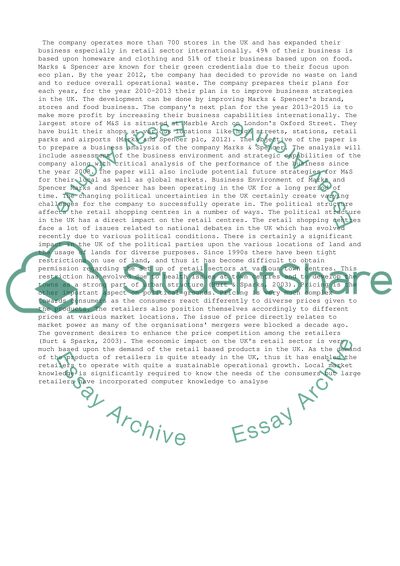Cite this document
(“Business Analysis Lab Report Example | Topics and Well Written Essays - 3000 words”, n.d.)
Retrieved from https://studentshare.org/business/1396773-business-analysis
Retrieved from https://studentshare.org/business/1396773-business-analysis
(Business Analysis Lab Report Example | Topics and Well Written Essays - 3000 Words)
https://studentshare.org/business/1396773-business-analysis.
https://studentshare.org/business/1396773-business-analysis.
“Business Analysis Lab Report Example | Topics and Well Written Essays - 3000 Words”, n.d. https://studentshare.org/business/1396773-business-analysis.


